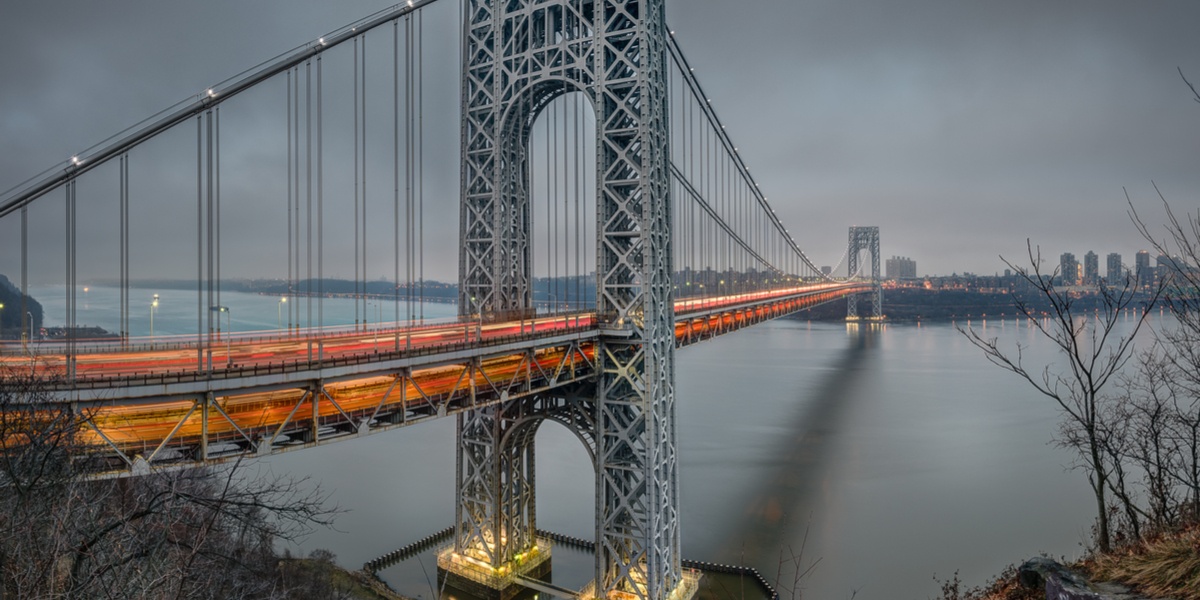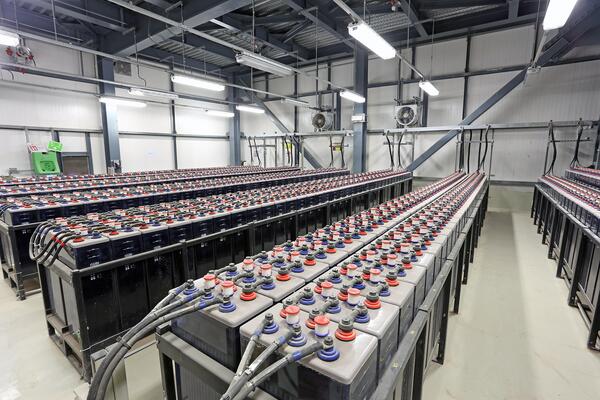Storms Leave Thousands Without Power in NJ: How Can Buildings Become More Resilient?

Electricity is one of the pillars of modern society, and indoor spaces rely on electrically-powered equipment to keep suitable conditions for occupancy. Remove the power supply, and lighting and HVAC are taken out of commission. Unfortunately, our power networks are vulnerable to storms, and this is evidenced by the blackouts affecting New Jersey this week.
Transmission and distribution networks are exposed to the weather, but there is an economic limit to how sturdy they can be built. Towers and poles are designed to withstand the weight of power lines and normal weather conditions, but making them structurally stronger would have a prohibitive cost, driving up electricity tariffs.
A more effective approach to reduce the impact of storms is improving the resilience of individual buildings; there are many ways to make a building or group of buildings less reliant on the power network. This article describes many promising approaches.
Identify opportunities to improve your building resilience.
Natural Gas Generators
Backup generators normally run with diesel, which brings a significant disadvantage. The power supply depends on diesel deliveries, which may be compromised during harsh weather. Gas-fired generators do not have this limitation, since natural gas is delivered through underground pipes as a utility service. Given the risks of allowing a massive gas leak, piping networks are buried and extremely sturdy, and as a result they are rarely affected by storms.
During a blackout, a building with a diesel generator will only have power while the diesel tank lasts. On the other hand, a building with a natural gas generator can continue to produce its own electricity indefinitely. Just keep in mind that the unit must be installed in a floor where it will not be reached by floodwater.
Regardless of the generator type, large amounts of heat are exhausted. The concept of combined heat and power (CHP) consists on recovering this heat for space heating, domestic hot water, or any process that uses heat as an input.
Renewable Energy and Batteries
Although New York and New Jersey are not among the sunniest states, they offer excellent conditions for solar power. Both states have incentive programs that improve the business case for a photovoltaic array. Electricity from the power grid is expensive in both states, well above the national average, which increases the value of each kilowatt-hour generated on your own.

By themselves, solar photovoltaic systems reduce energy costs but don’t improve building resilience. Unlike a diesel or gas generator, where you control the energy input, a photovoltaic array depends on the availability of sunlight. The same logic applies for wind turbines, since the input is variable as well. However, batteries have been decreasing in price over recent years, and they are a promising complement for variable renewable energy sources.
Consider the case of South Australia, where 50,000 households will be equipped with Tesla Powerwall 2 batteries, each with an output of 5 kW and a storage capacity of 13.5 kWh. Adding up all systems, the capacity is 250 MW and 675 MWh. All the systems will be linked to an IT platform that will manage them as a “virtual power plant”.
Microgrids
A microgrid is a smaller version of a power network, normally connected to the utility service but capable of stand-alone operation. Microgrids are suitable for groups of buildings such as commercial development or industrial complexes. If the power supply from the main grid is interrupted, the microgrid simply disconnects and operates by itself.
Microgrids are built by equipping multiple buildings with measures like those previously described: natural gas generators, renewable energy systems and battery arrays. Then, the buildings are linked together with a small-scale power network.
The Role of Energy Efficiency
Energy efficiency does not improve resilience directly. However, an efficient building can become self-reliant much more easily than an inefficient one.
Individual buildings can use their capital more efficiently if they prioritize energy efficiency before energy generation. If the building is made efficient first, generation systems can be sized smaller and installed for less capital.
When many large buildings reduce their energy footprint, power network and gas piping capacity is freed. This way, utility companies can serve their clients better, while delaying infrastructure upgrades that would drive up the price of electricity and gas.
Conclusion
Distributed energy resources make buildings more resilient, while easing the burden on power grids. However, consider that energy-related projects normally involve large investments. Professional guidance is strongly recommended to develop the best energy strategy for your property - an energy audit can help you identify the most promising opportunities.

Michael Tobias
Michael Tobias, the Founding Principal of NY Engineers, currently leads a team of 50+ MEP/FP engineers and has led over 1,000 projects in the US
Join 15,000+ Fellow Architects and Contractors
Get expert engineering tips straight to your inbox. Subscribe to the NY Engineers Blog below.



